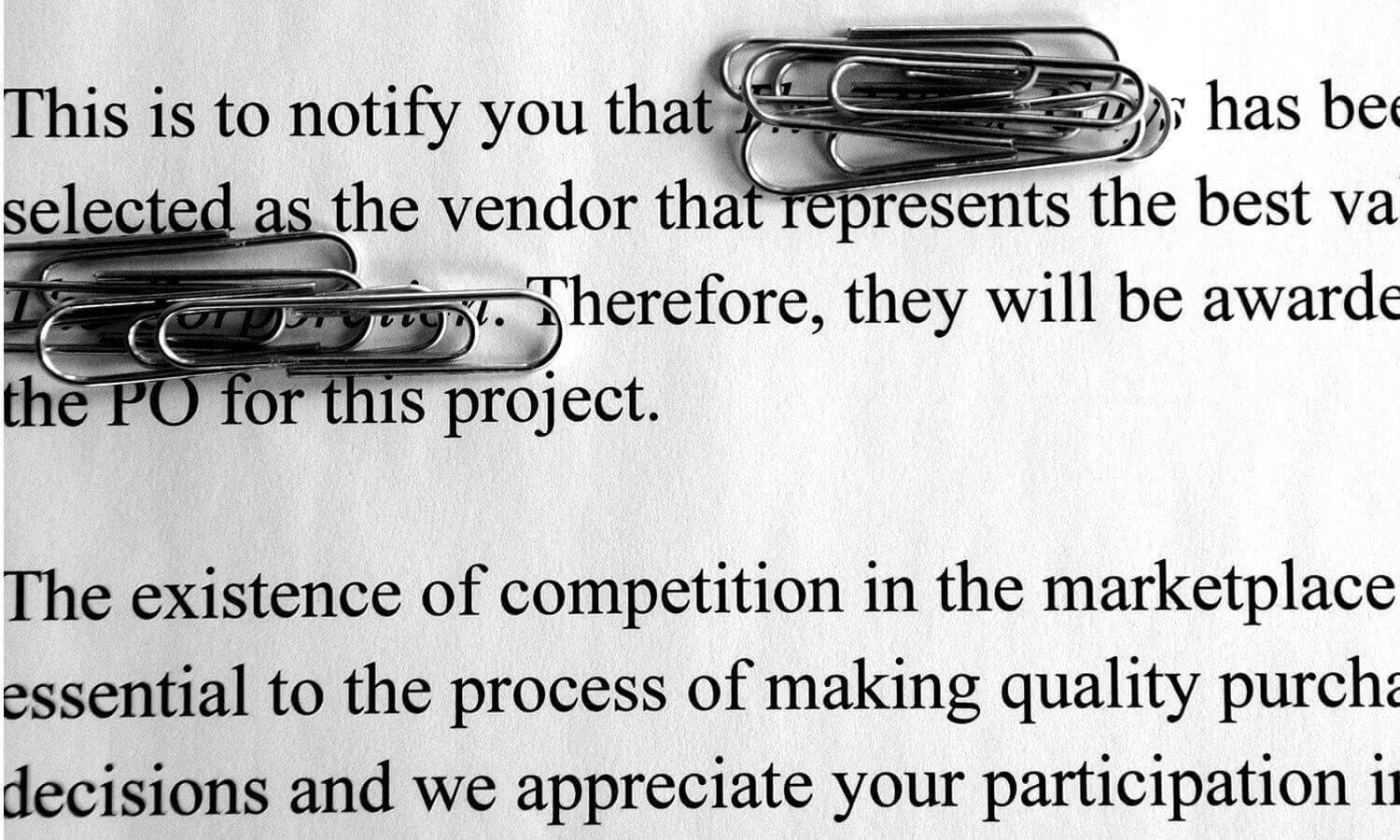Procurement is for paperclips.
We’re in the business of delivering strategy and creativity for the benefit of others—certainly for the people who are our clients, but in reality for the people they are trying to reach and influence. That makes our clients and us, in my mind, teammates in pursuit of a common goal.
Capability includes chemistry.
For better or worse, my sense of how groups of people—teams—can best achieve common goals has been shaped by my various experiences in doing so: approximately 45 years (and counting) of team sports including soccer, baseball, hockey, rugby, football and lacrosse. And add to that about 30 years (and counting) of business mixed in for fun.
Every team I’ve ever been part of has been made up of individuals with different personality traits, capabilities/skill sets and levels of experience, and it’s clear to me that putting together a winning team is part science, part art, part luck. The science is relatively easy—just compare shooting percentages, ERAs, 40 yard times, years in the game, etc. Correctly assessing which players have the right intangibles—heart, instinct, guts, integrity, team-first attitude, commitment, etc.—is much more difficult. The luck part is just luck.
I’ve been lucky to be part of many, many teams with the right combination of capabilities/skill sets, experience and intangibles—the right chemistry. As a team member, I’ve worked within structures and systems calculated to capitalize on unique capabilities and strengths, and I’ve known the power of executing against clearly defined individual and collective goals. I’ve also known the opposite.
I’ve also been responsible for assembling many, many teams, but never considered doing so through the kind of process we sometimes bump into.
Procure me a quarterback/vendor!
Procure me a top line center/vendor!
As strategic designers working primarily in the corporate world, we sometimes find ourselves invited to ‘compete’ in impersonal, arms-length team assembly processes driven not by an organization’s leaders or its ‘get-it-done’ people, but by its accountants or purchasing agents.
This is to notify you that XXXXXXXXXXXX has been selected as the vendor that represents the best value to XXXXXXXXXX. Therefore, they will be awarded the PO for this project.
The existence of competition in the marketplace is essential to the process of making quality purchasing decisions and we appreciate your participation in the bid process. Thank you for your interest in doing business with XXXXXXXXXX and I wish you future success.
Regards,
XXXX XXXXXXXXX
Procurement Administrator
Purchasing Resource Services
XXXXXXXXXX
I'm not sure where the logic of ignoring the intangibles that make for good team chemistry and lead to good results comes from. Ditto focusing on primarily criteria that at least in my opinion matters very little when it comes to combining the right people in order to meet an objective. Why would any organization go about trying to assemble the best possible team of people to tackle a complex challenge in the same way it goes about procuring paperclips?
The next time your favorite organization (sports franchise, bank, airline or design firm for example) lets you down, just imagine how much better it might be if it only sourced its personnel the same way it sources its office supplies.
